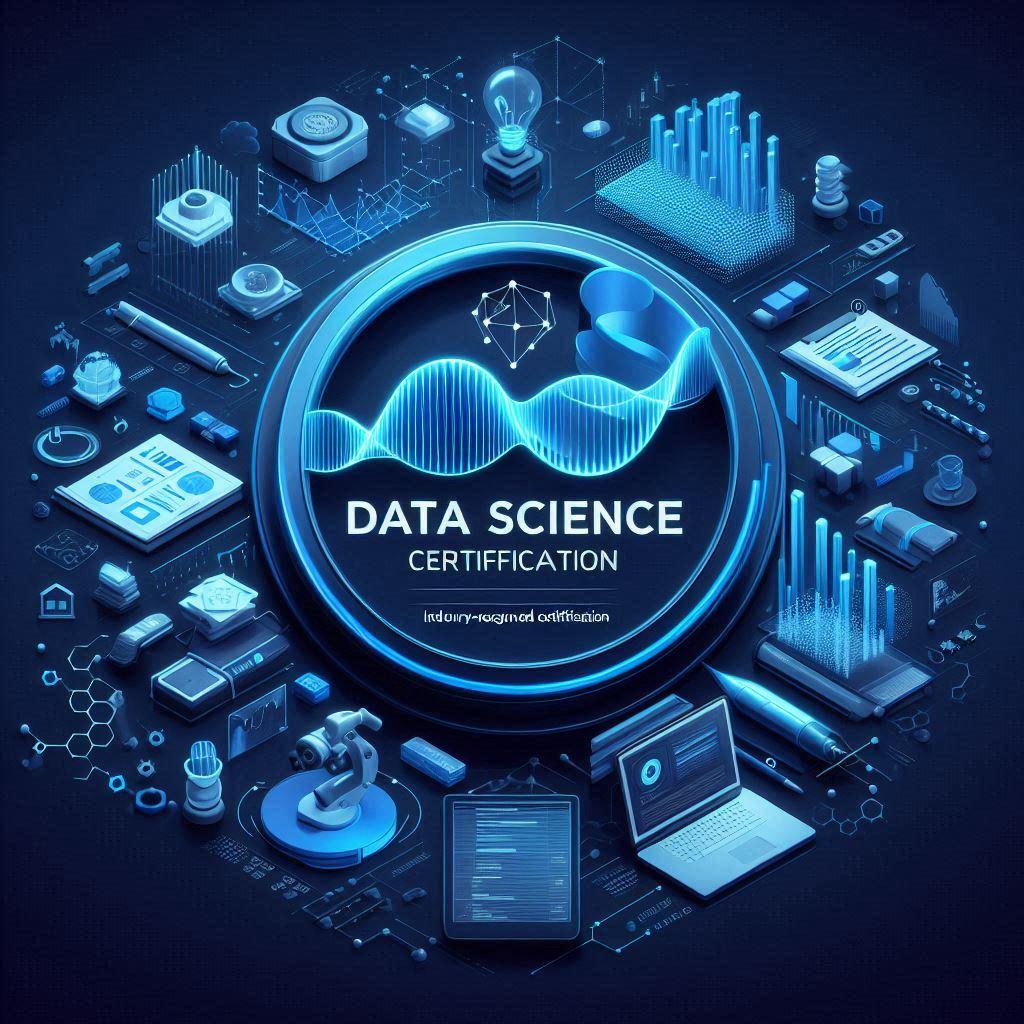Become a Block Chain
Are you ready to harness the potential of data and embark on a fulfilling career in one of the fastest-growing fields?
Blockchain is a distributed ledger technology that records transactions across many computers in such a way that the registered transactions cannot be altered retroactively.
This technology ensures transparency, security, and efficiency, making it the backbone of cryptocurrencies like Bitcoin and various other applications beyond finance.




